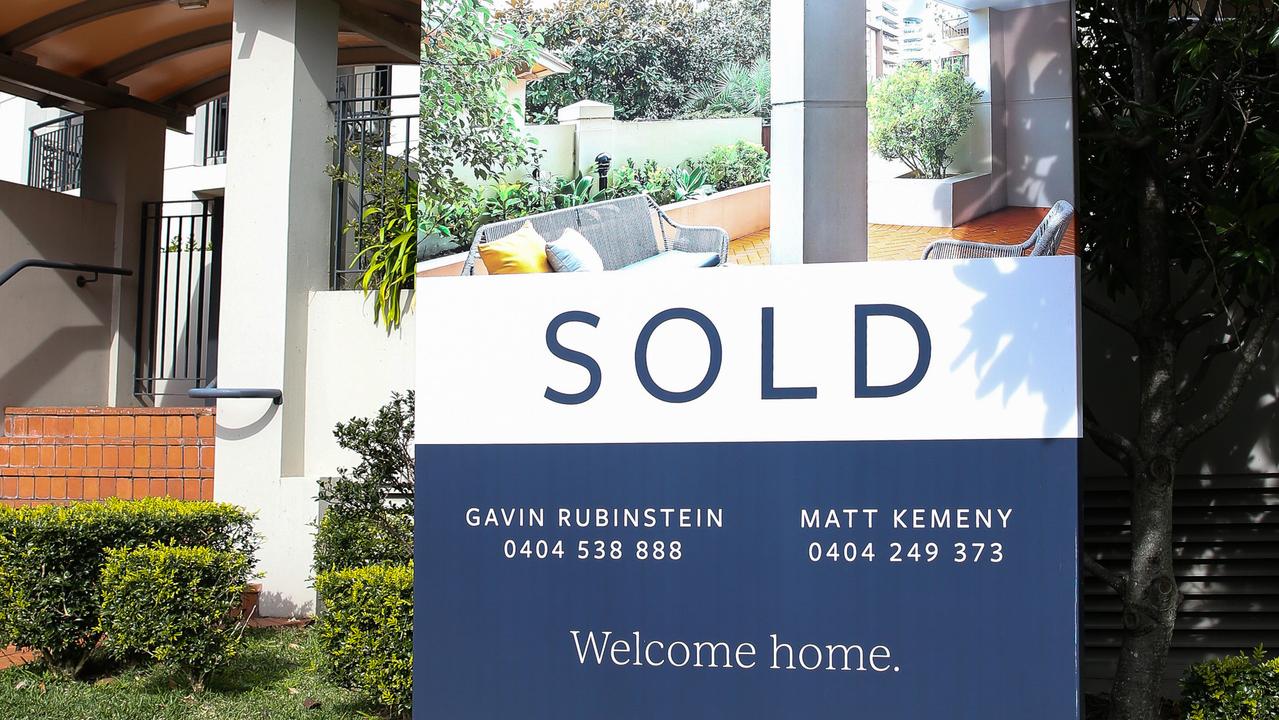The cause of Australia’s worsening rental crisis runs far deeper than the economic pressures behind rising interest rates and soaring inflation, a prominent real estate expert has revealed.
Ray Ellis says the crisis will deepen without swift action from state governments on social housing and new build “red tape”.
Mr Ellis, former director of the Real Estate Institute of Australia and First National Real Estate chief executive, warned Australia has nowhere near enough homes to cater for its population, let alone accommodate migration increasing in the wake of the Covid pandemic.
He said state governments must urgently take responsibility for the immediate need for more social housing to remove pressure on the private sector.
“Between 1955 and 1964, state governments built about 140,000 social houses. We’ve never built that amount again,” Mr Ellis told news.com.au.
“There have been government incentives for landlords to become property owners and rent properties, and that has been the mainstay of any government policy.
“Social housing has become the responsibility of the private sector.”
Stream more property news live & on demand with Flash. 25+ news channels in 1 place. New to Flash? Try 1 month free. Offer ends October 31, 2022 >
Significant lags on new developments largely hindered by “bureaucracy” also meant it was taking several years before construction could even begin.
“In the last 25 years, the provision of new land to build more houses by more private developers has been very slow and very cumbersome,” Mr Ellis said.
“It will take two years to go from the concept to the start of construction.
“Its just bogged down in bureaucracy by non-action or slowness in action.”
Slow-moving developments and underfunded and underresourced social housing were major contributors to the crisis, alongside a shift in attitude among landlords, Mr Ellis said.
He had observed landlords becoming frustrated at new regulations weighted towards tenants and immense pressure to provide rent so low that it would barely cover their costs.
“A landlord wants nothing more than a good tenant, so they will provide rent and services at a reasonable rate and comply with government legislation, but it’s not their responsibility to reduce their rent below what their source of income is,” he said.
Many landlords had become entirely turned off maintaining rental properties and as a result were offloading them, often to investors keen to make the most profit possible by using them as “zombie homes” such as Airbnbs.
“This is a genuine crisis. It doesn’t matter where you are in Australia, there is no rental stock available,” Mr Ellis said, adding that as “migration picks up again, it’s going to get even worse”.
“Australia is just not building enough houses for us to live in, let alone to be rented.”
Impact of ‘zombie homes’ on rental market
A zombie home is a property that is occupied only part of the time – such as a holiday house listed on Airbnb – that is not available to rent on a short or long term lease but can generate large profits for the owner.
Throughout any city there are “hundreds if not thousands” of zombie homes, especially in coastal areas, that are occupied one or two days a week, Mr Ellis said.
“There’s now too many occurring in most cities in Australia.”
The benefit for owners – aside from the financial element – is not having the long-term commitment of dealing with renters, he added.
Zombie homes are widespread, with last year’s census revealing that during lockdown and while Australia’s borders were closed, there were more than one million unoccupied properties.
While it’s a win-win for landlords, renters are suffering from soaring costs, and have to put up with long queues of desperate prospective tenants lining up to inspect properties. This has forced some to live in their cars, a motel or caravan – even couch surfing – to keep a roof over their heads.
“Investors are putting their properties out for Airbnb, but it’s taking rental properties away from renters and that lack of … properties available to rent is driving demand and prices up,” Finder money expert Rebecca Pike told 7NEWS.com.au.
PropTrack’s latest rental report for the June quarter found the number of renters per property listed on realestate.com.au had risen 28 per cent year-on-year across capital cities, with Sydney and Melbourne experiencing the greatest increase.
The number of rental listings in Sydney fell 21 per cent in the last year. The largest declines in listings were recorded in Melbourne (-25.7 per cent) and Brisbane (-24 per cent).
Overall, the number of new listings coming on to the market was 13.8 per cent lower than the decade average in June.
.
